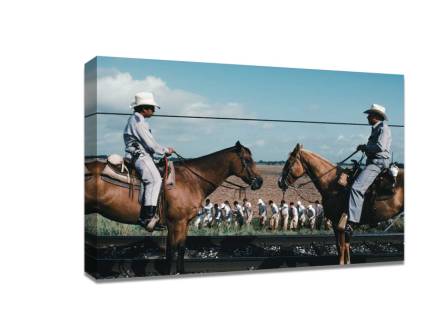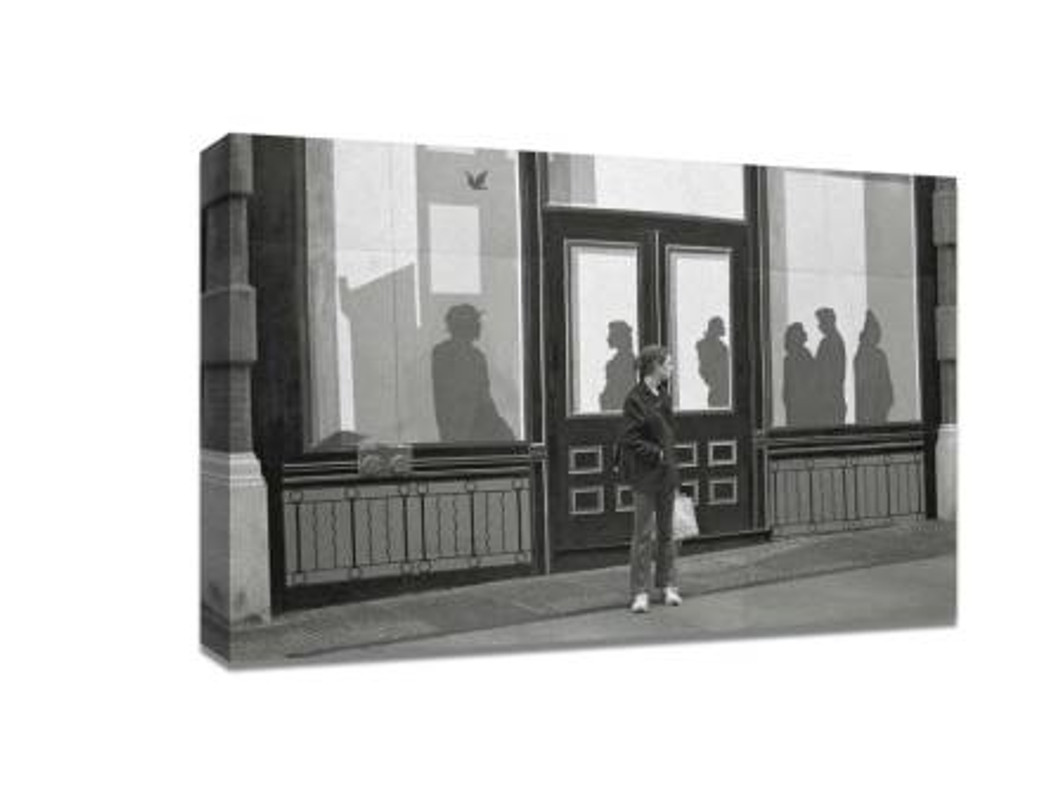How to deal with background in photography
How to deal with background in photography
The background is part of the picture - obvious, but easy to forget. Most photographs have a specific object or group of objects as the center of interest. When looking at a scene, we tend to focus on whatever interests us and ignore the rest, but the camera records everything in its visual Angle, and the picture is made up of all the objects in the frame.
What do you do when the subject is in front of a boring or even distracting background? When the images in the background add nothing but visual noise to the picture, you should remove them to the maximum or at least reduce their importance. Often the easiest thing to do is to change your location so that the subject is in a more concise background. Sometimes you can move the subject.
The shadows of the paintings in the background complement the characters in the street. Nash called the photo "complete and not a pose. I just turn my world open at 360 ° to do just about anything
A complex background with a blurry focus or blurring will reduce attention to itself compared to a clear focus. Setting the lens to a large aperture allows the background to focus while keeping the subject clear. This method works best when the background is relatively remote and the subject is relatively close to the camera. The camera's viewfinder shows the scene with the largest aperture. If you observe the scene through the viewfinder, you will know the background image effect. Some lenses have a preview button that stops the lens, allowing you to see how many parts of the scene are clear under the aperture.

What do you do when the subject is in front of a boring or even distracting background? When the images in the background add nothing but visual noise to the picture, you should remove them to the maximum or at least reduce their importance. Often the easiest thing to do is to change your location so that the subject is in a more concise background. Sometimes you can move the subject.
A complex background with a blurry focus or blurring will reduce attention to itself compared to a clear focus. Setting the lens to a large aperture allows the background to focus while keeping the subject clear. This method works best when the background is relatively remote and the subject is relatively close to the camera. The camera's viewfinder shows the scene with the largest aperture. If you observe the scene through the viewfinder, you will know the background image effect. Some lenses have a preview button that stops the lens, allowing you to see how many parts of the scene are clear under the aperture.
Use context when it contributes.
Although getting close to the object you're photographing helps improve the quality of the picture, don't just aim at it or you'll miss the background that makes it come alive. The background of a photograph displayed by an environmental portrait reveals some information about the object being photographed. The background gives the subject certain size and vice versa. Sometimes the background is what the whole picture is about
Recent Posts
-
Why Canvas Prints Are the Ideal Home Décor Item You Can Order Online
When it comes to decorating your home, nothing adds personality, warmth, and visual appeal quite lik …30th Jun 2025 -
Creative Ways to Style Your Space with Acrylic Prints
Decorating your home or office is all about bringing your personal style to life. If you're looking …30th Jun 2025 -
How to Choose the Right Size When You Print Your Own Photo on Canvas
Printing your own photo on canvas is a fantastic way to preserve memories, personalize your space, o …30th Jun 2025
